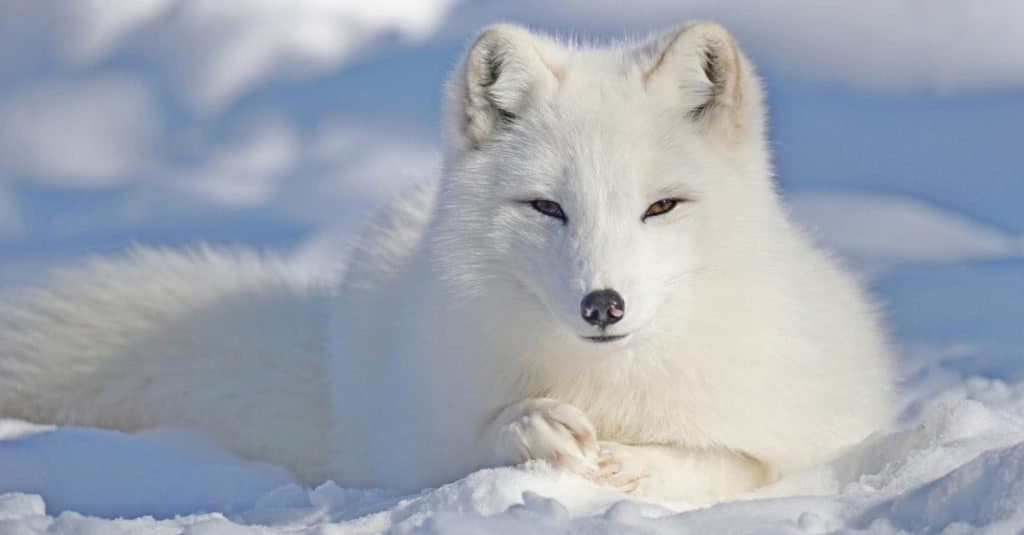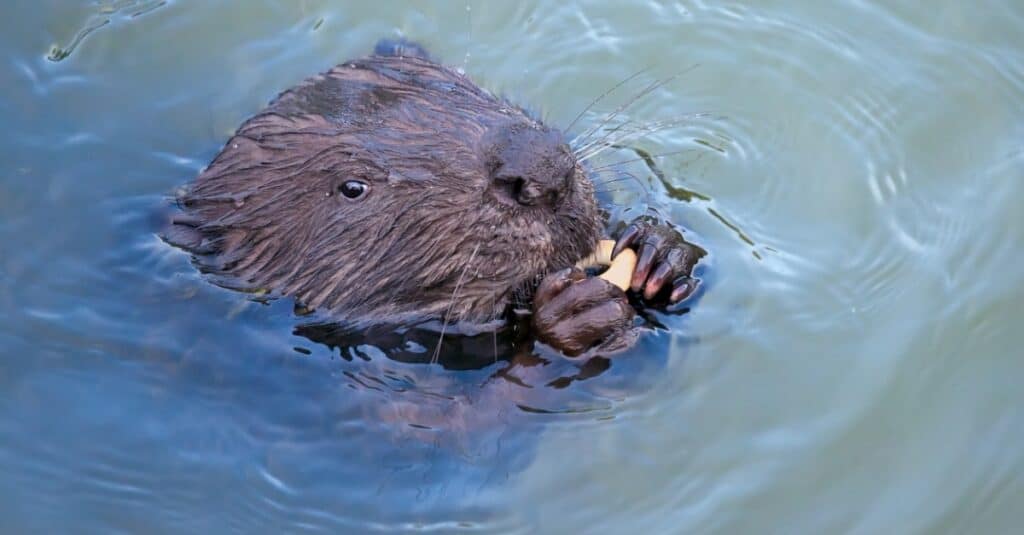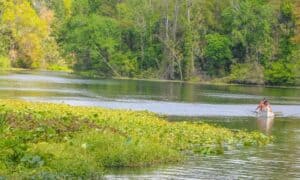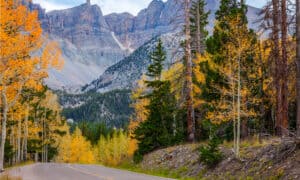For those who seek out the most beautiful corners of the world, consider Sweden for your next adventure. Sweden boasts incredible landscapes rich with wildlife that would amaze anyone who has the chance to travel there. This article will describe the terrain, animal inhabitants, and activities in three Swedish national parks, so you have an idea of where to start your Nordic expedition. Here are 3 beautiful national parks in Sweden.
History

Sweden has 30 beautiful national parks.
©iStock.com/tt
There are thirty national parks in Sweden that are managed by the Sweden Environmental Protection Agency. Sweden was the first European country to establish a national park service in 1909 when nine parks were designated. Seven additional parks were founded between the years 1918 and 1962, and thirteen more between 1982 and 2009. Today, the thirty Swedish national parks encompass a cumulative area of 743,238 hectares, which is equivalent to 2,870 square miles. The most recently inducted national park is Asnen National Park in 2018.
1. Sarek National Park

More than 100 glaciers exist in Sarek National Park, such as the Rapadalen Glacier.
©Kristyna Henkeova/Shutterstock.com
Sarek National Park is one of the oldest and most remote national parks in Sweden. It was one of the original nine parks established in 1909 and is in the northern province of Lapland. The park expands across a 761-square-mile area that includes rugged, variable terrain. More than one hundred glaciers exist in the park, such as Rabots Glacier and Rapadalen Glacier. These natural wonders are remnants of the last Ice Age and form massive ice fields that are a unique opportunity for nature explorers. There are also several mountains over 6,500 feet tall, deep valleys carved by glaciers, rivers, waterfalls, and dense forests.
The pristine and diverse landscapes of this remote area provide ecologically rich habitats for many animal species. Notable mammal species include the Eurasian elk, reindeer, Arctic fox, brown bear, wolverine, lynx, and mountain hare. Birds in the park include golden eagles, peregrine falcons, ptarmigans, white-throated dippers, and bearded vultures.

Ice fields and glaciers create many exciting adventures for experienced nature lovers.
©Maridav/Shutterstock.com
This park is perfect for the outdoorsman or outdoorswoman seeking a challenge. Although visitors are encouraged, traversing this area requires a certain skill level. There are many unmarked paths and remote, difficult trails that are not maintained. Adventurers must possess advanced outdoor and navigational skills and should be adequately prepared for the harsh environment. Those who do embark on an adventure to Sarek National Park can enjoy hiking, snowshoeing, ice climbing, mountaineering, and wildlife viewing. In winter, the lucky visitor may also see the aurora borealis.
2. Abisko National Park

Abisko Canyon is a beautiful geological formation located in Abisko national park, Sweden.
©Conny Sjostrom/Shutterstock.com
Abisko National Park encompasses an area of 29.7 square miles also in the Lapland province. Like Sarek National Park, Abisko was founded in 1909. The park consists of vast valleys and towering mountain ranges. Prominent landmarks in the park include Torneträsk Lake, the famous Abisko Canyon, Mount Njullá, and Abiskojaure Lake.

The Arctic fox is a beautiful resident of Abisko National Park.
©L-N/Shutterstock.com
There is a great diversity of wildlife in Abisko National Park, similar to the nearby Sarek National Park. Mammals include reindeer, Eurasian elk, Arctic foxes, lemmings, elusive Eurasian lynx, and Arctic hares. Bird species include golden eagles, peregrine falcons, great gray owls, three-toed woodpeckers, and more.
Visitors to Abisko National Park can enjoy many different activities. In winter months, the aurora borealis is often visible. Also, the park boasts a large network of hiking trails including the start of Kungsleden, a 280-mile-long trail that winds through the Scandinavian mountain range. Other fan-favorite pastimes in the park are cross-country skiing, snowshoeing, and backcountry skiing.
3. Tyresta National Park

A Giant’s Kettle is a unique geological formation that exists in Tyresta National Park.
©Alex Spatter/Shutterstock.com
The next destination to explore is Tyresta National Park, established in 1993. This park is popular despite its relatively small size of 8 square miles because it is located near the country’s capital of Stockholm. The park consists of a gorge landscape featuring ancient forests, rocky expanses, and beautiful lakes. Noteworthy landmarks within the park are Stensjön Lake and the Tyresta Church Ruins, which date to the 17th century. In addition, be sure to see The Giant’s Kettles. These geological formations were created by the swirling action of water and stones during the last Ice Age. They consist of cylindrical holes and potholes carved into the rocky terrain.

Eurasian beavers, along with several other mammal species, can be found in Tyresta National Park.
©iStock.com/TatianaMironenko
The residents of Tyresta National Park are very different from the parks in the north. This species-rich area is home to several mammals such as roe deer, red deer, wild boars, Eurasian beavers, European pine martens, red foxes, and European badgers. Various bird species include great spotted woodpeckers, Eurasian nuthatches, and European robins. The park is also home to common frogs, common lizards, different butterflies, and dragonflies.
There are many things to do in Tyresta National Park if you are hoping to escape the nearby city. Tourists and locals alike can find refuge in the park and enjoy hiking, picnicking, nature photography, birdwatching, fishing, and wildlife viewing. Visitors cannot camp in the park but there are campsites just outside its boundaries.
The photo featured at the top of this post is © iStock.com/Artpilot
Thank you for reading! Have some feedback for us? Contact the AZ Animals editorial team.







